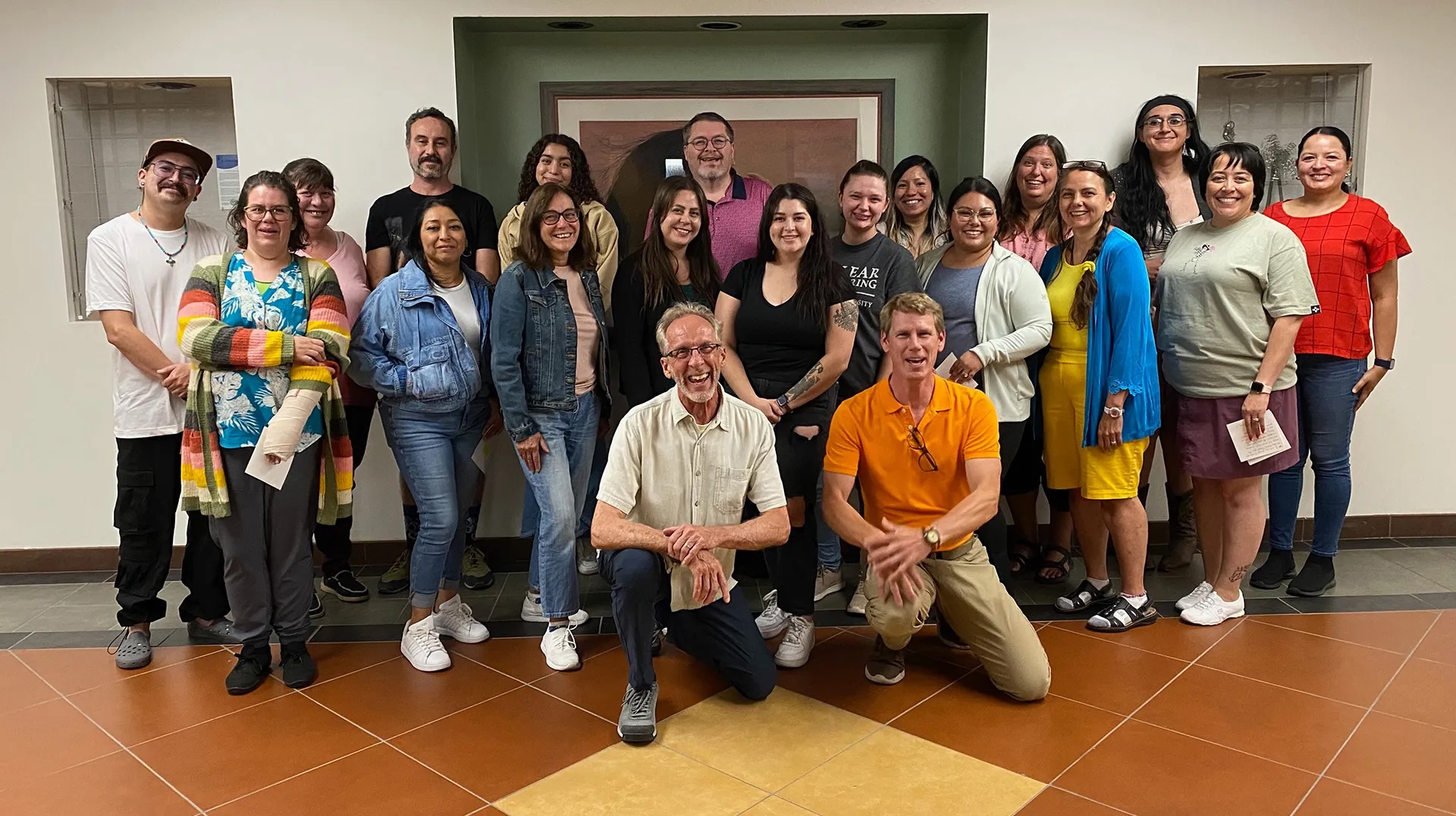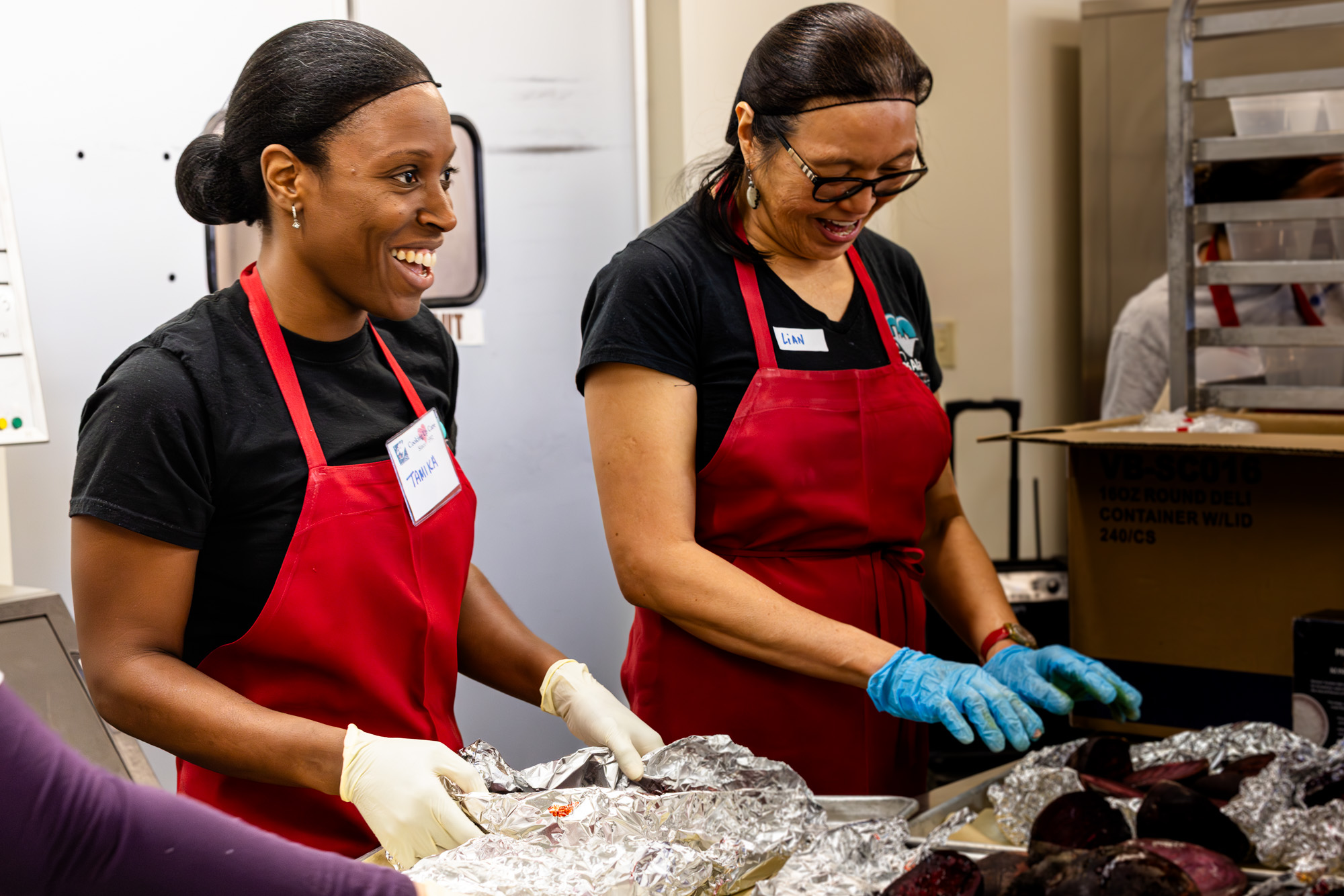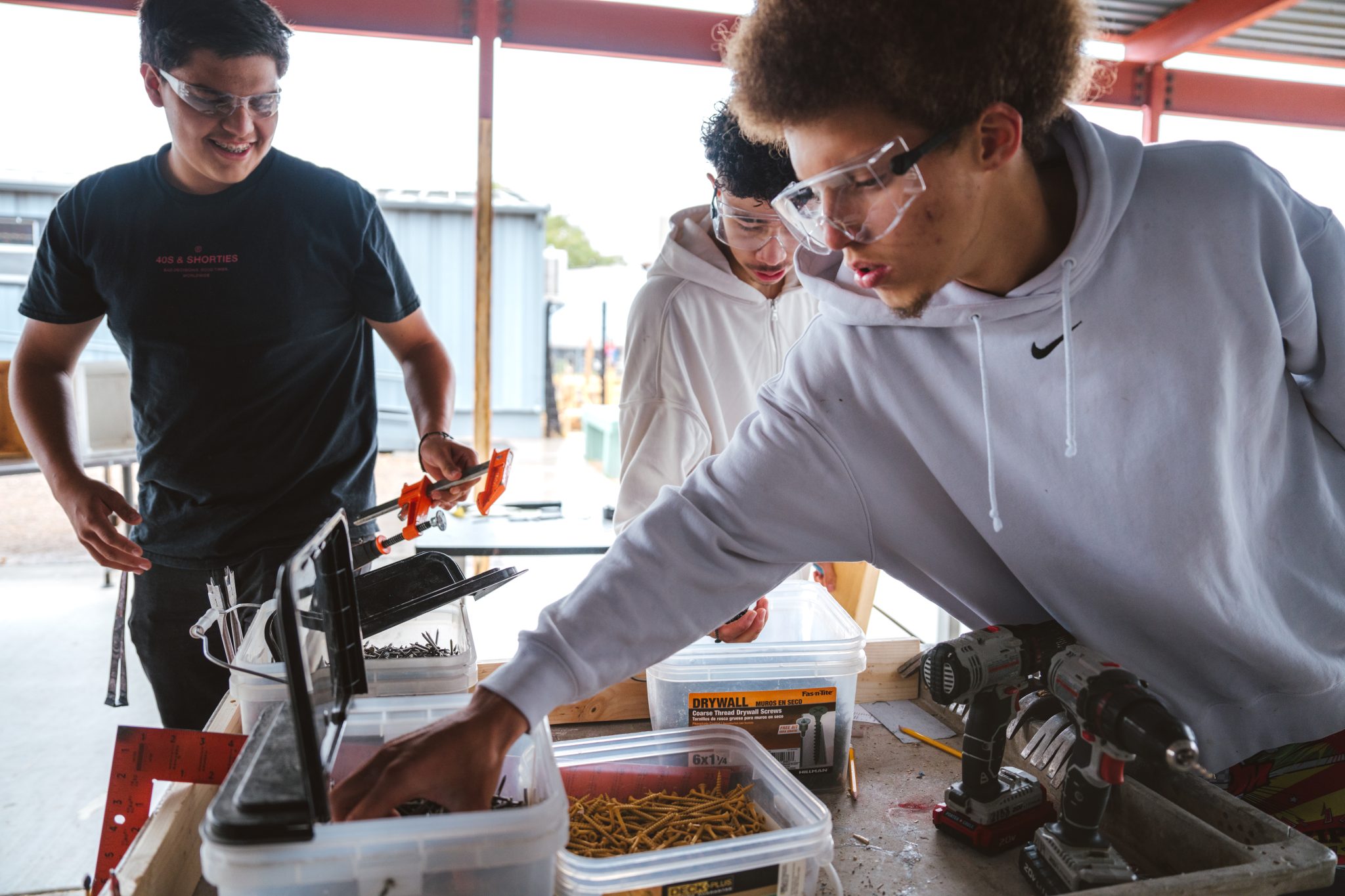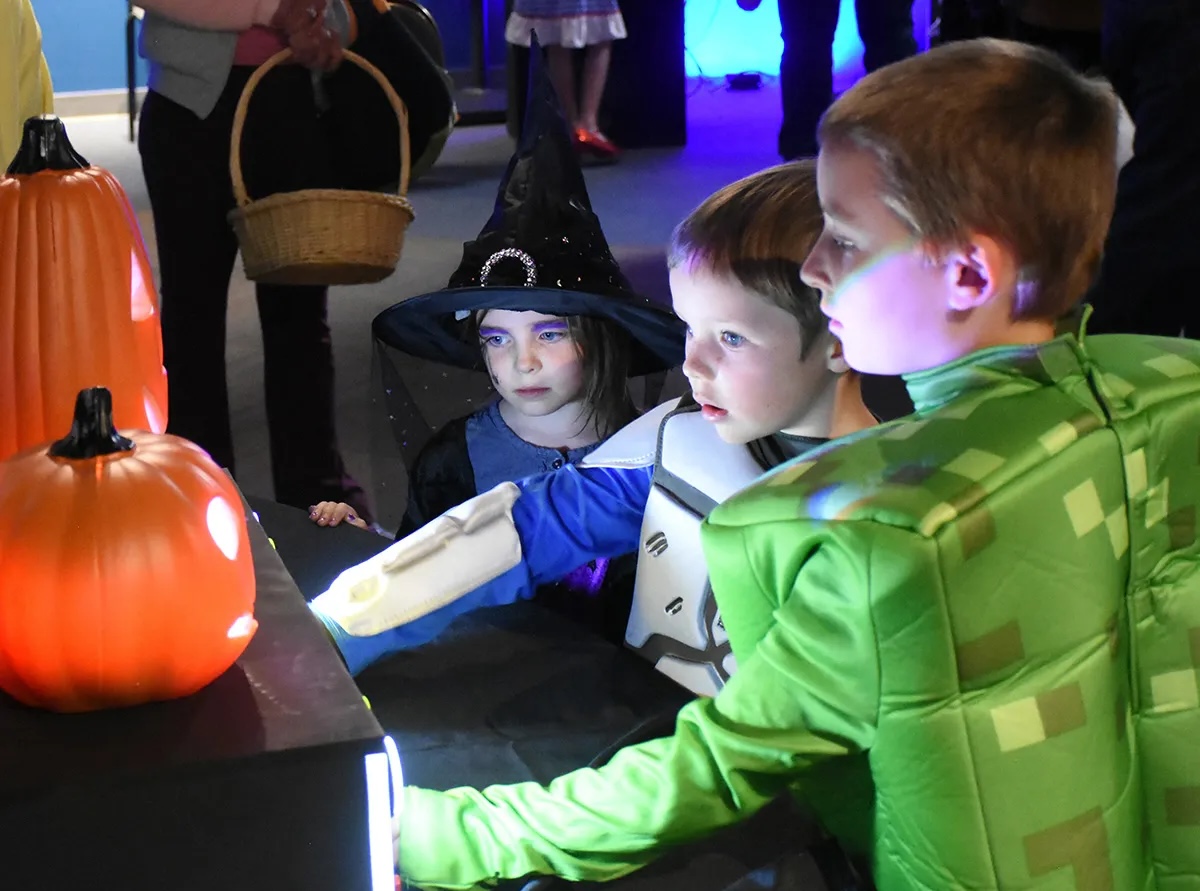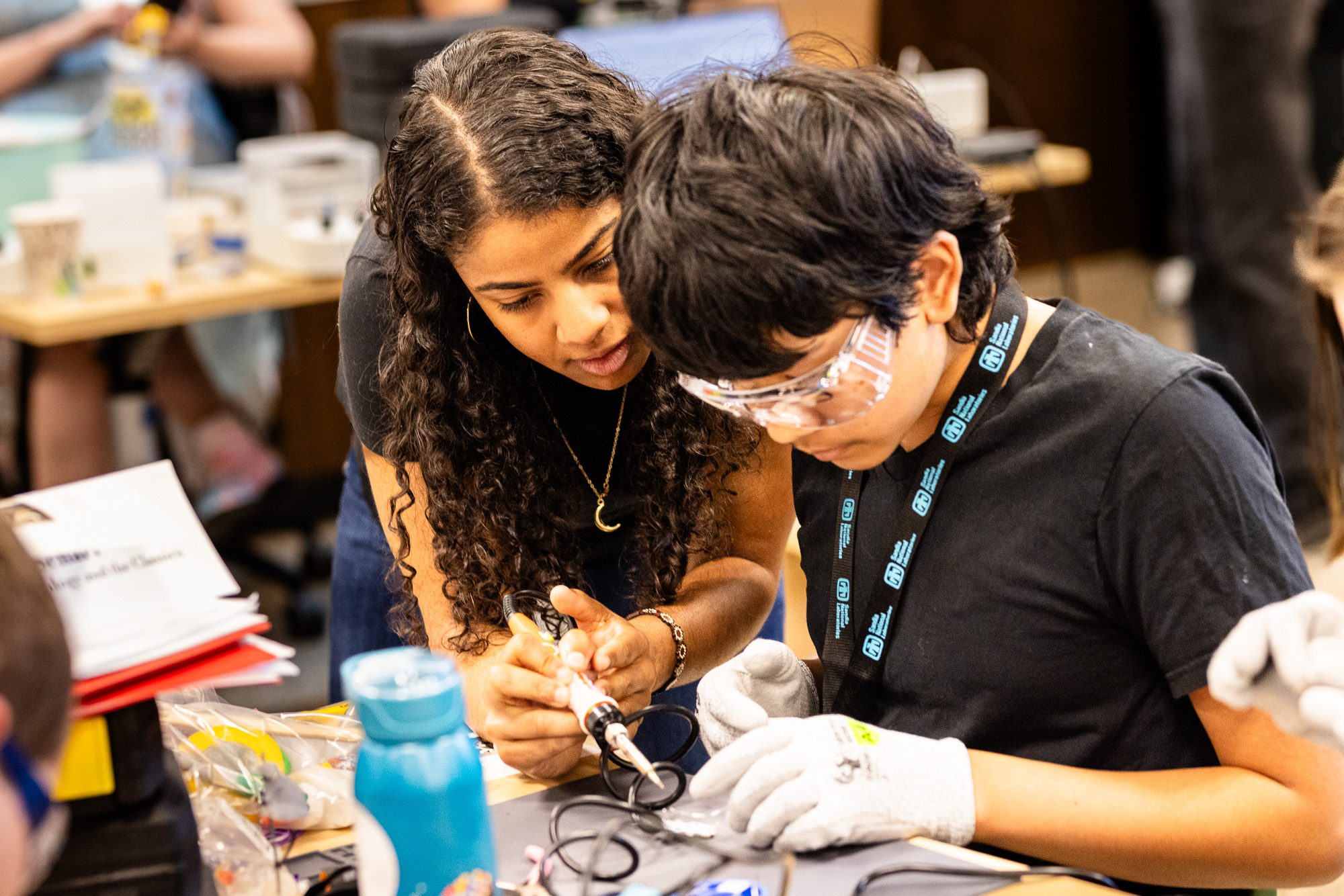Volunteer firefighter and emergency medical service first responder serves rural Northern New Mexico communities
Lab employee Jessie Nichols looks for ways to give back in his work life and his time off
David Moore, Editor
Jessie Nichols, a lead R&D engineer and 20-year Laboratory employee, saw close-up the community impact of the Dixon Volunteer Fire Department & Emergency Medical Services (DVFD) four years ago, when his son attended a youth cadet program over the summer.
“He learned fire safety, CPR, first aid, knot tying and water safety.” he says. “I was thoroughly impressed.”
Two years ago, a somber event brought the department back to the forefront of Nichols’ mind when DVFD responded to an accident in which a relative lost their life. Later, when Nichols saw a call for volunteers, he knew it was his time to give back
A lifeline in a rural area
“There’s a lot of training involved in being a first responder, and most of the calls are for emergency medical services,” says Nichols. “As a responder one can become a firefighter, or EMT, or both. Each type of responder has various levels of courses and certification available.”
There are around 20 volunteers in the DVFD, and they respond to approximately 160 calls a year, in what can be difficult conditions. “We serve an area that essentially represents terrain and environmental challenges that special forces-type responders would gain experience from,” says Nichols.

DVFD serves the lower Rio Embudo Valley (including Dixon, Embudo, Rinconada and Cañoncito), and the calls cover a range from common medical issues to rafting accidents, flooding, forest fires, structural fires and motor vehicle incidents.
The department was established in 1965 after a series of home fires caused costly property losses and a death in the area. At the time, fire and emergency responses could take at least 40 minutes due to the distances involved.
“Carl Berghofer, a mainstay in the community who fought at Iwo Jima in World War II, was one of the founders of DVFD,” says Nichols. “He is now 99, and he still attends department events,”
Bringing community together
The VFD also serves the community in other ways, through pancake breakfasts, July 4 celebrations and other events. It also offers education (like the cadet program), and recently began a wood chipping service to help people in the region reduce dangerous fuels for fire.
Not all volunteers need to be first responders, as other skills are also valuable (in finance or communications equipment, for example).
Parallels to the Laboratory
Nichols sees some similarities between the world of the volunteer fire department and his day job at the Laboratory. In addition to a culture of civic responsibility and safety, both organizations stress the importance of collaboration to get the job done.
“At LANL we are encouraged to work with partners, especially within the nuclear security enterprise,” says Nichols. “Fire/EMS departments are trained to scale response resources based on need. Often this requires both firefighters and EMS personnel at a scene, at times also including law enforcement. Sometimes mutual aid is required, gathering resources from two or more fire/EMS departments, and this has happened multiple times during my time with DVFD.”
For example, in July 2024 DVFD fought a bosque fire in Alcalde, joined by colleagues from Chamita Fire Department, La Mesilla VFD, and Española Fire.

Think about how you give back
Nichols has a clear message on the value and importance of volunteering, whether it’s with a fire department or another organization.
“It’s a fundamental and important part of American civic life, but there are troubling signs,” he says. “Many local volunteer fire/EMS departments are struggling to meet staffing needs and the age of volunteer firefighters is increasing, while call volume at the national level has tripled, due in large part to the increase in medical calls.”
His advice? “Make an impact in causes you care about; promote the common good! Remember the efforts undertaken so long ago by figures like Carl Berghofer who, after fighting World War II, did all the legwork to start an organization that has provided a positive impact to our communities for so long.”
One young person who is stepping up to make a difference is Nichols’ son, whose experience at a cadet camp started the family’s interest in the Dixon VFD. Now 17 years old, he recently qualified as one of the youngest EMS first responders in the state, and joined the department himself.
